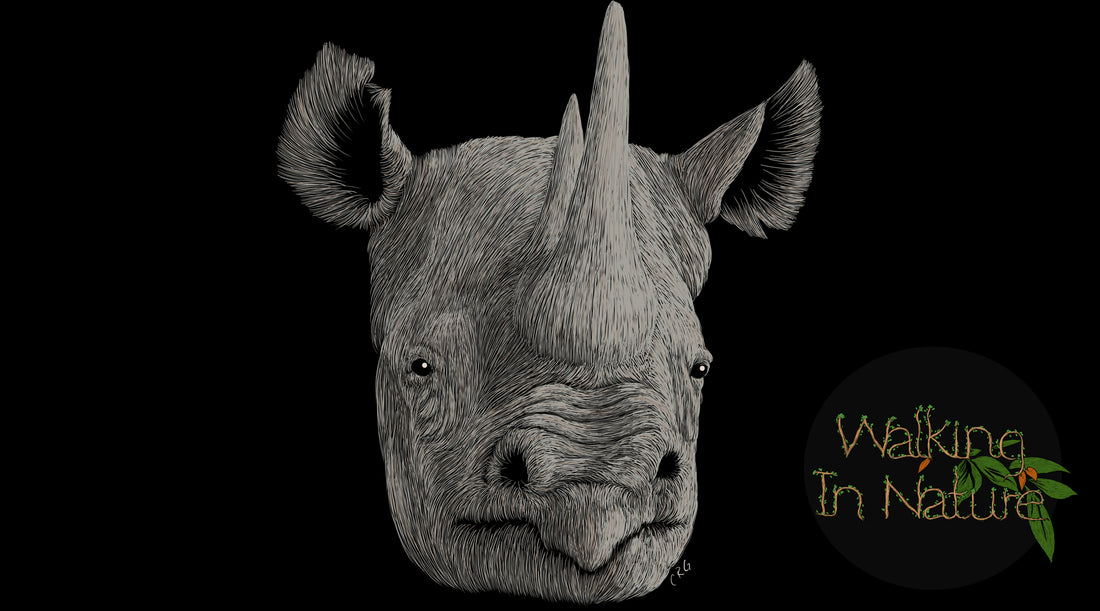Touching hearts and opening minds, 'promoting wildlife conservation through art' is an innovative approach combining creativity and dedication towards nature. By depicting the struggles of wildlife in their artwork, wildlife artists compel their viewers to empathize, educate, and participate in conservation efforts. This complex intertwined relationship between art and wildlife conservation not only fosters awareness and understanding, but also helps to fund essential conservation activities. Join us as we delve deeper into how the aesthetics of art become a dynamic tool to advocate and inspire the preservation of our precious wildlife. Let's paint the canvas of conservation together!
## The Role of Art in Society
True art has a profound ability to communicate, inform, evoke emotions, and even inspire change. It's more than just decoration for our walls - it's a testament of the times, a universal language, and a catalyst for discourse. Art has a remarkable knack for bringing abstract concepts to life and allowing us to visualize ideas that are otherwise difficult to grasp or empathize with. Historical records are quilted in the literal threads and strokes of artistry that marked each era. This means art isn't only about showcasing beauty or skill, it's about storytelling and imparting knowledge or perspectives. In many ways, artists have served as society's mirrors, reflecting realities, pondering the future, and sparking important dialogues. It's hardly surprising then that art can play a powerful role in areas like wildlife conservation.
By creating works that highlight the predicament of endangered species, artists can offer a visceral and emotive depiction of what's at stake, helping to make the urge to conserve and protect our wildlife all the more pressing. 'Promoting wildlife conservation through art' - this premise is rooted in the reality of art's influence over societal attitudes and actions.
### The Role of Art in Society
Art is an intricate facet of any society, serving as a mirror that reflects cultural values, traditions, and contemporary issues. It offers a form of communication where words may fail, transcending barriers of language, culture, or time. Art has a historical role in instigating change, stirring up emotions, and challenging the status quo. Its scope extends beyond aesthetic pleasure, often influencing and educating viewers about various aspects of society.
In relation to wildlife conservation, art takes on a crucial role. It has the power to depict the beauty of nature in a way that few other mediums can replicate, enabling viewers to develop a greater appreciation and understanding of wildlife. Artists, in their creative brilliance, translate their passion, respect, and reverence for nature into masterpieces that not only provide breathtaking views of wildlife but also inspire action towards their conservation.
Art, therefore, serves as a compelling medium in raising awareness about wildlife conservation, capturing the magnificence of fauna and flora in mesmerizing ways while simultaneously revealing the realities they face in a world grappling with the impacts of climate change, deforestation, and other environmental concerns.
## Promoting Wildlife Conservation Through Art
Awareness is the first step towards meaningful change. This is where the true magic of 'promoting wildlife conservation through art' comes into play.
Art has a profound ability to connect people with nature on an emotional level.
It's not just about painting stunning landscapes or capturing the raw beauty of endangered species in their natural habitats.
Wildlife art, whether through prints or wearable masterpieces like t-shirts, is about telling compelling stories that prompt conversations.
Stories that make people stop and think about the impact their actions have on the environment.
It drives home the message that we are all stewards of this planet and therefore responsible for its wellbeing.
Artists have a unique opportunity to become advocates for wildlife conservation.
Using their creative skills and platforms, they can inspire their audience to appreciate the beauty of our natural world and understand the urgent need for its preservation.
This isn’t a message of doom and gloom. It's a call to action conveyed subtly and powerfully through the universal language of art.
This advocacy goes a step beyond traditional conservation efforts.
It breaks down complex, scientific information into digestible content and injects an element of beauty and creativity that resonates with diverse groups of people.
Art sparks curiosity, evokes empathy, and incites action — all essential ingredients in the recipe for successful wildlife conservation.
In essence, promoting wildlife conservation through art is not just a passion or profession, but a mission to create a ripple effect of positive change towards protecting our earth’s biodiversity.
Do you see the beauty and urgency in every brush stroke and color palette?
Every piece of artwork tells a story, ignites a passion, and drives a commitment towards wildlife conservation.
And that my friends, is the power and beauty of promoting wildlife conservation through art.
## The Impact of Art on Wildlife Conservation
Art, with its profound influence on the human psyche, can play a crucial role in wildlife conservation. Each stroke of an artist's brush, the minute details in a sketch, or the intricate patterns of a print, can evoke deep emotions and connections to nature that words can sometimes fail to capture. Art brings wildlife into our living rooms, our schools, and our public spaces, painting a powerful picture of the glory of nature, but also of its fragility.
The beauty of a wildlife painting or the message in a conservation-themed t-shirt could spark an individual’s interest in endangered species, leading to greater awareness and proactive engagement in conservation efforts. Art also has the potential to reach a wide and diverse audience, spreading the message of conservation far and wide even to those who have never stepped into a forest or witnessed wildlife in their natural habitats.
Moreover, the sale of art prints and shirts not only promotes the work of wildlife artists but also provides a sustainable mode of fundraising for conservation projects. By purchasing a piece of wildlife art, individuals are directly contributing to the preservation of the species they admire.
Through this positive feedback loop, promoting wildlife conservation through art becomes an effective and engaging tool for driving positive change for our planet's diverse ecosystems. Art nurtures empathy towards wildlife, ignites passion for conservation, and encourages action - components integral to the success of any conservation effort.
## Case Studies of Artists Promoting Conservation
Art does not just exist for its aesthetic value.
Art serves as a means of communication, sparking discussions on subjects that might otherwise be overlooked.
When it comes to promoting wildlife conservation, a myriad of artists wage their war against environmental degradation using their skill and ingenuity.
There's a remarkable woman named Emma Bowring, who blends her love for painting with her passion for wildlife.
Bowring is devoted to supporting conservation charities worldwide through her artwork proceeds.
Her nicety in detail and emotion drives individuals' empathy towards wildlife, and they cannot help but invest in its conservation.
Another powerful example can be cited with Louis Masai, a street artist who paints large murals of endangered species on the urban landscapes.
Louis aims to draw attention to the worrying decline of several species and creates an immediate visual impact that successfully raises public awareness about conservation.
A look at Nick Brandt's work reveals that the photographer used his lens to document the disappearing natural world in East Africa. He founded the "Big Life Foundation" to protect the wildlife and its habitat, raising funds, and awareness through his evocative monochrome images.
These artists, through their intriguing and inspiring work, have breathed life into the motive of promoting wildlife conservation, driving collective efforts for the cause.
Remember, every piece of art has a story, a message screaming out to be heard. And when art speaks for conservation, it doesn't whisper; it roars.
## Exploring Art Products for Wildlife Conservation
Art isn't confined to gallery walls. Wildlife conservation can be promoted through everyday items like art prints and t-shirts. By purchasing and donning a shirt or displaying a print that features a beautiful wildlife painting, we indirectly raise awareness about conservation. Wildlife artists create these merchandise, not just as a creative outlet, but also to give back to nature; many donate a portion of the sales for conservation efforts. These art-driven products combine fashion, utility and conservation into a powerful message of support for our planet's incredible flora and fauna.
## Conclusion
Art has emerged as a unique, compelling mode of promoting wildlife conservation. It not only raises awareness but also fosters an emotional connection, driving actions towards conservation. From art prints to themed apparel, every piece counts in this noble mission. Continue engaging with art and make a difference today.

